- About Cargilfield
- Admissions
- Learning for the 21st Century
- Nursery
- Pre Prep
- Upper School
- Boarding
- News
- Essential Information
- Former Pupils
- Contact Us
Model Rocketry as a means of developing project management skills
At the beginning of 2022, in response to requests from pupils through School Council, I started a STEM club whose aim was to provide those children who had interests in this area to gain some experience in managing simple engineering projects, from brief to completion. During the first couple of terms, we focused on projects such as solar powered cars, and marble-runs. However, it quickly became apparent that, whilst the children were happy to build, test, and iterate, they were failing to grasp that the most important stage in an engineering project is planning.
Over the summer break, whilst searching for more projects for the children, I came across the UKROC Youth Rocketry Challenge. This is a competition, aimed at 11-18 year olds, requiring teams to build a model rocket which meets the brief set out each year. The complexity, and lack of any experience in this area, made this perfect for a year-long project which would force the pupils to spend time developing a technical knowledge of this area of engineering, and carefully designing/simulating their rocket.
To promote interest, and to ensure that those who applied understood the requirements of the competition, all of the pupils who expressed interest were asked to complete an application form which included a question requiring them to have done a small amount of research. The range of responses was significant, but those which really stood out were those who had taken the time to begin to find out a bit more. These were the children who were selected, as they had already shown a willingness to learn, and to plan on the basis of knowledge.
The team’s first meeting involved reviewing the mission for this year:
With so much to learn before the design process could start, the six children selected were each allocated an area of model rocketry which they researched, using information from blogs, videos, articles, and discussion forums, before presenting this back to the remainder of the team:
They also began to utilise OpenRocket, a piece of open-source simulation software, specifically designed for simulating the flights of model rockets.
On reflection, there was a level of naivety, even at this point of the project, as to the amount of knowledge which the children would need to gain before we could even begin to think about creating a design to hit the brief.
Alongside the technical design, the children also needed to investigate a sourse of funding for the project, and spent time contacting a multitude of local businesses asking for support. One local business, Petroleum Experts (Petex), invited the team to their offices in order to present to a number of their engineers and the CEO. The children did a superb job of presenting the project brief and their progress so far, in addition to answering lots of in-depth questions from the Petex team. At the end of the meeting, the team were offered £600, in addition to the support and guidance of the engineers at the company.
Following the research phase of the project, the team spent time investigating potential designs and building these using the simulation software. This phase of the project took surprisingly little time, although they quickly learnt that simulating a design for which the components were not commercially available was going to be unmanageable come the fabrication stage of the project.


At the beginning of February, the team began to make orders, with components arriving from both British and US suppliers over the next few weeks.
As the team began the fabrication process, they were forced to reconsider some of the design elements, such as strengthening the fins and adjusting the length of the rocket to optimise the apogee and robustness of the rocket. Over several evenings, weekends, and days during the holiday, the rocket began to take shape.
During a webinar, the team had been advised of the value of testing the rocket prior to the competition. This, in itself, came with complications as air traffic regulations prevent the flying of model rockets in airspace around the school. This meant that the team had to head over the Dalry, in Ayrshire to test their rocket, under the guidance of the Scottish Aeronautics and Rocketry Association.
In testing their rocket, the team identified a number of issues with the rocket which needed addressing:
In the days leading up to the regional round of the competition, the team worked together to solve these issues, using information from experienced rocketeers and from research conducted online. This involved redesigning their parachute to include a ‘spill-hole’, increasing the number and size of pressure equalisation holes in the side of the rocket, and trouble-shooting the ignition system.
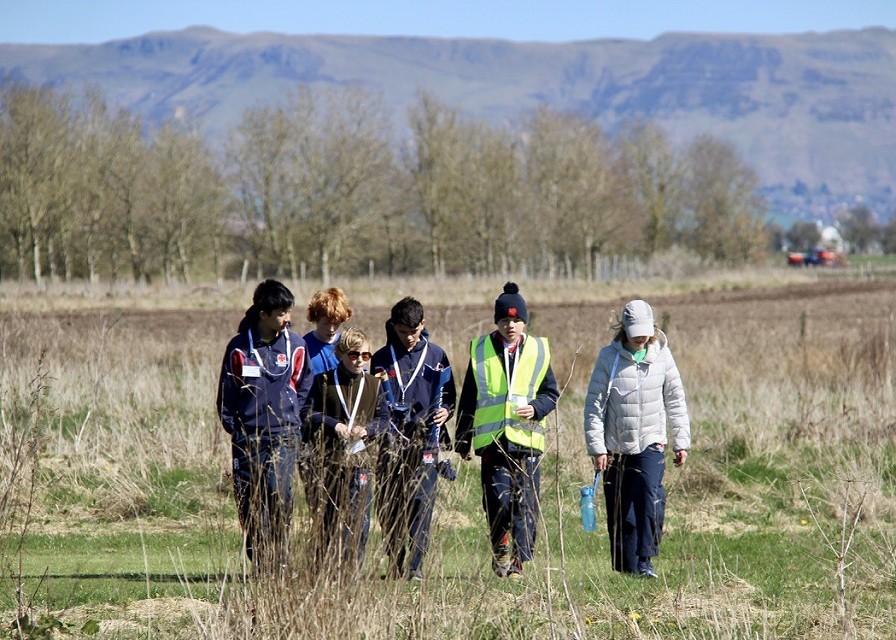
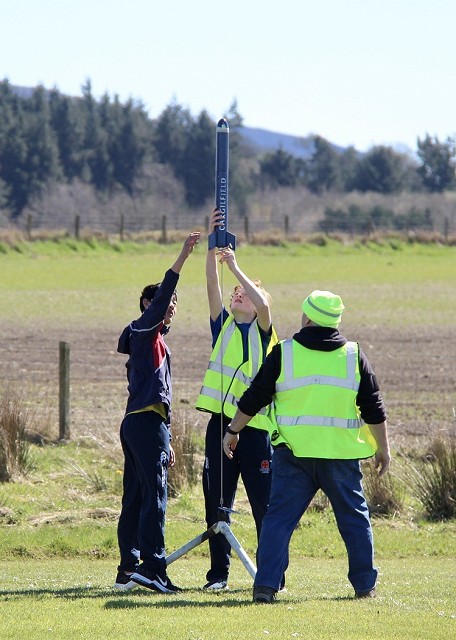
In late April, the team travelled to Kinross Model Flying Club, alongside teams from the High School of Dundee. They were allowed up to three qualifying flights, with the scores from the two best flights being averaged to reach an overall score. A summary of the flights is below:
Flight 1 – the ignition system worked well, but an issue with one of the motors hooks ripping the motor mount meant that the rocket nose-dived. The apogee was approximately 300 feet. Following the flight, the team secured the motor hook securely using fast-setting glue.
Flight 2 – a successful flight with all four motors igniting successfully. Flight time was approximately 50 seconds. Unfortunately, the altimeter failed and so a ‘no-flight’ was declared. The team borrowed an altimeter from the organisers, due to a known issue with the Estes altimeter. They also swapped out their larger parachute for a smaller one in order to decrease the flight time.
Flight 3 – one of the motors failed to ignite, causing the rocket to nose-dive. The egg survived, and the second altimeter failed to record an altitude, and so a second ‘no-flight’ was declared.
Flight 4 – due to repeated strain on the motor mount, the hard-wood snapped causing the motor mount to snap off. The caused a catastrophic failure of the payload section, and a very eggy mess!
Flight 5 – the team used their back-up rocket to try and record a scoring altitude and time; however, the motor mount again detached, causing the rocket to nose-dive.
Throughout the day, the children were up-beat and continued to modify the rocket in order to try and secure a successful flight. Whilst the set-backs meant that they didn’t qualify for the national finals, they took away a huge amount from the competition, and from meeting the students from the High School of Dundee. Afterwards, they spent time summarising their successes and lessons learnt, both by way of supporting next year’s rocketry team, and of recognising their own achievements.
As a school, we are incredibly proud of the team, who demonstrated real commitment and perseverance, achieving a huge amount just to reach the regional round with a functioning rocket. The skills the children have developed, both technical and soft, will serve them well in whatever direction they choose to go in the future. All of them have the potential to continue in the field of engineering, should they wish.
The team would like to say a huge thank you to all of the team at Petex who have been involved in mentoring the children, and whose guidance and encouragement has been invaluable. They are also grateful for the financial backing provided by Petex.
We look forwards to next year’s competition with a new group of budding engineers – Onwards and Upwards!
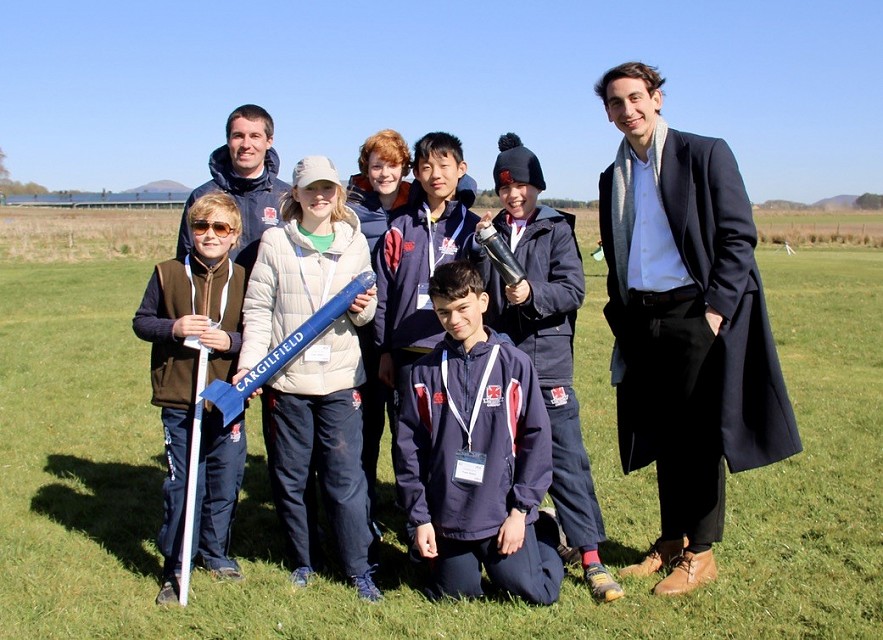
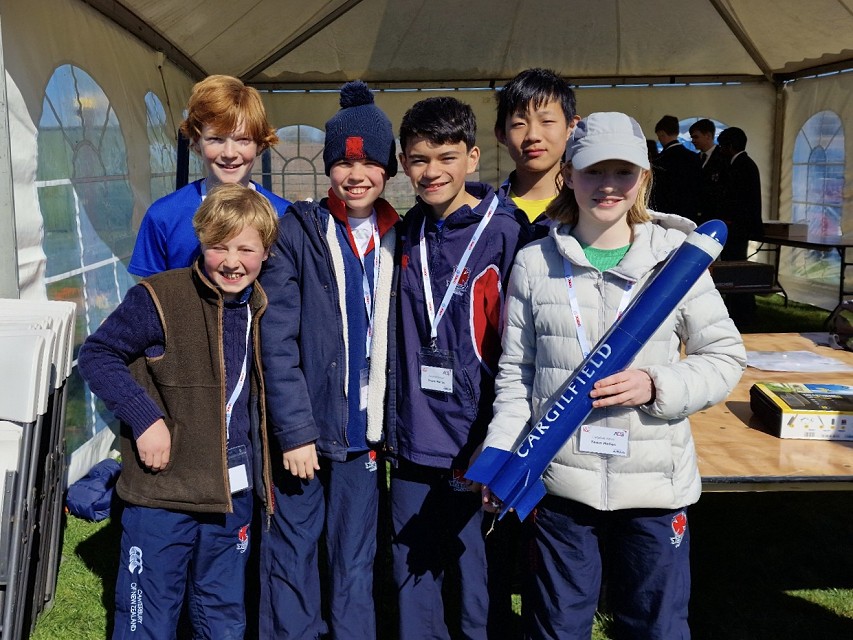
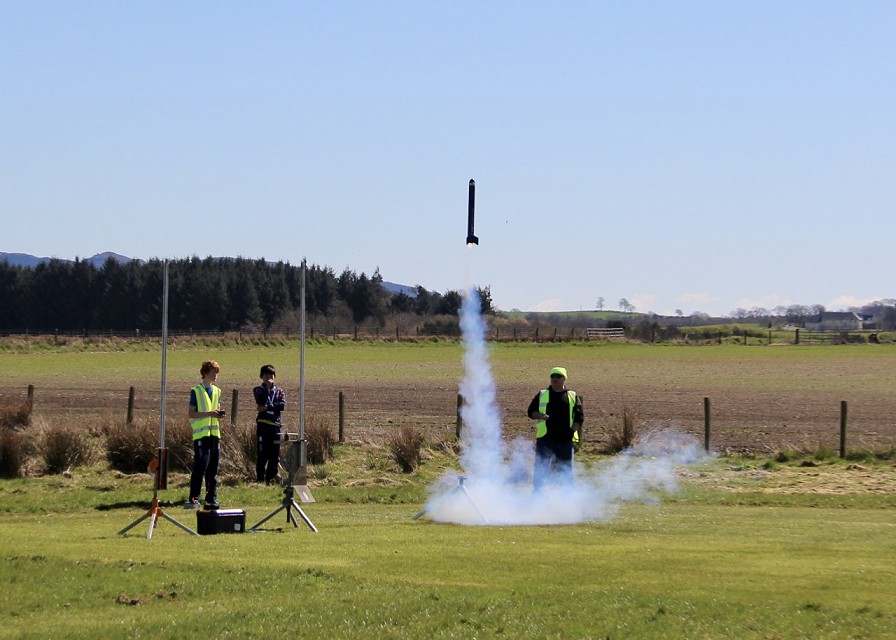
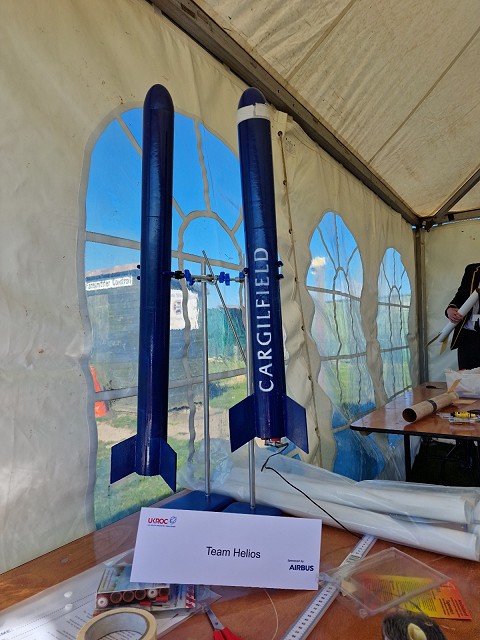
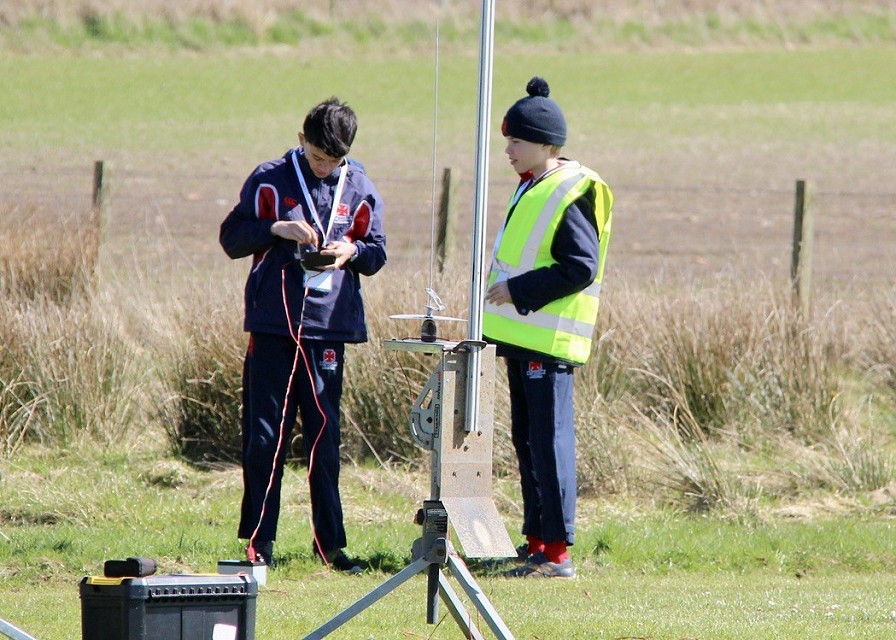
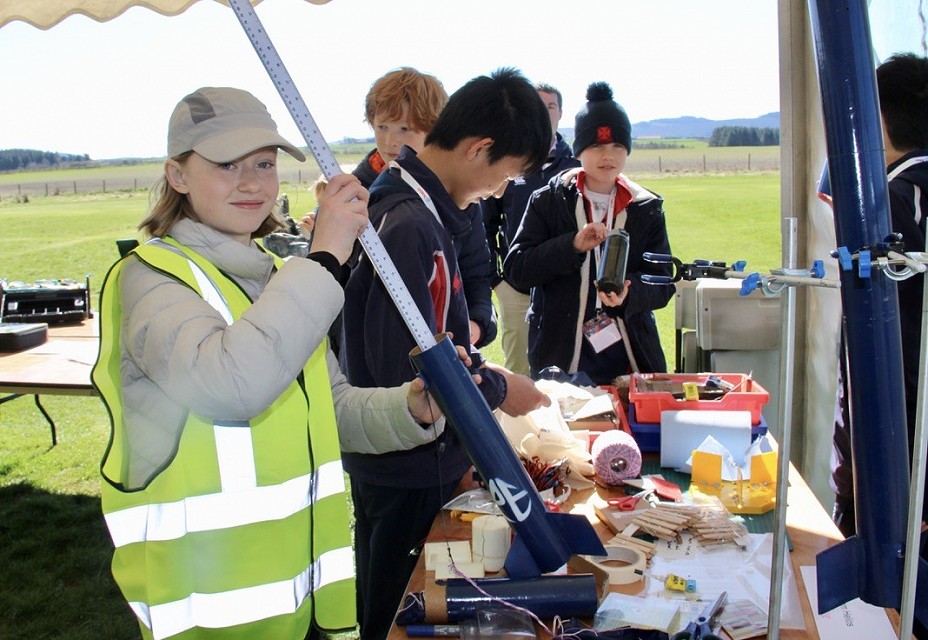
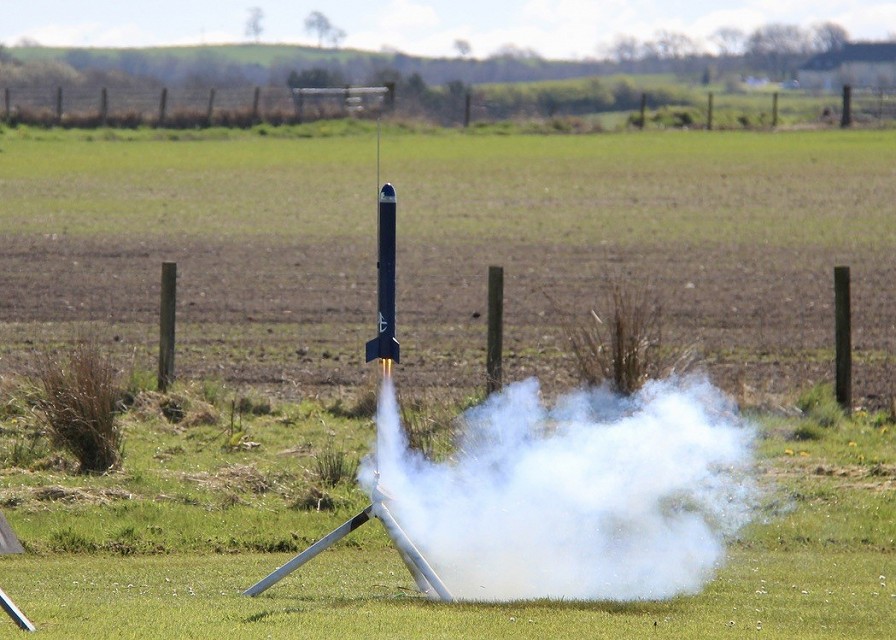
Posted on